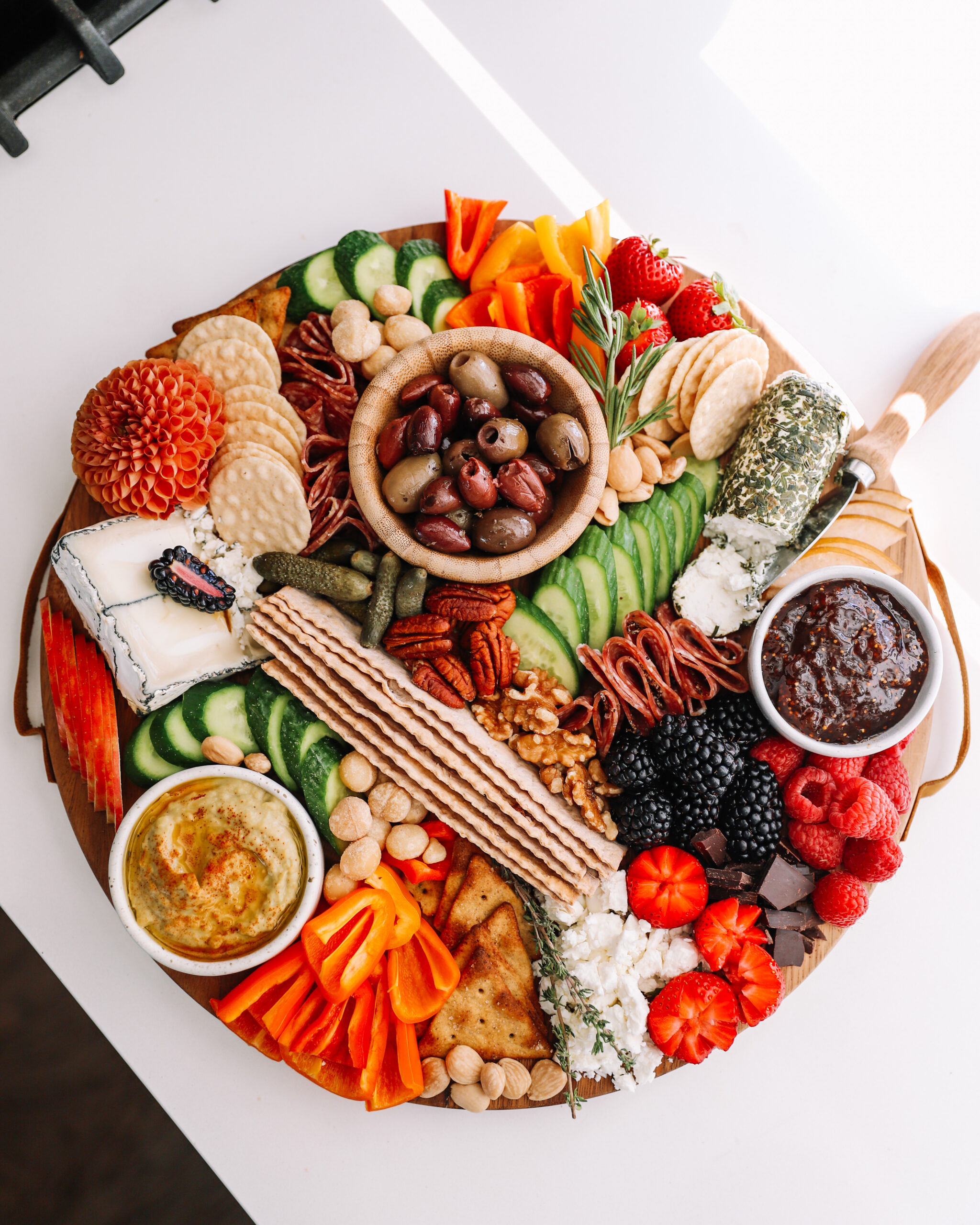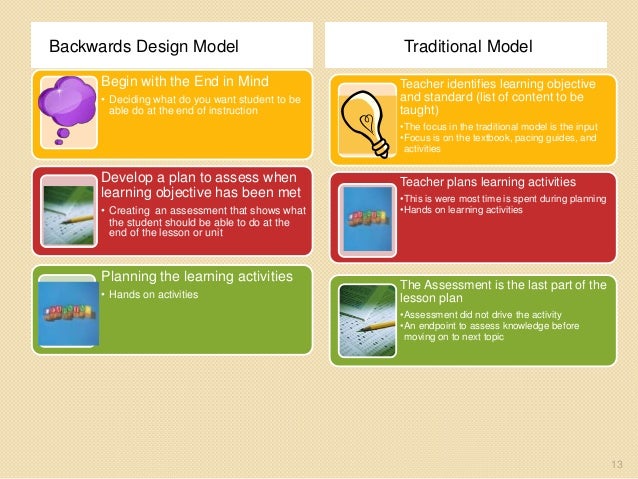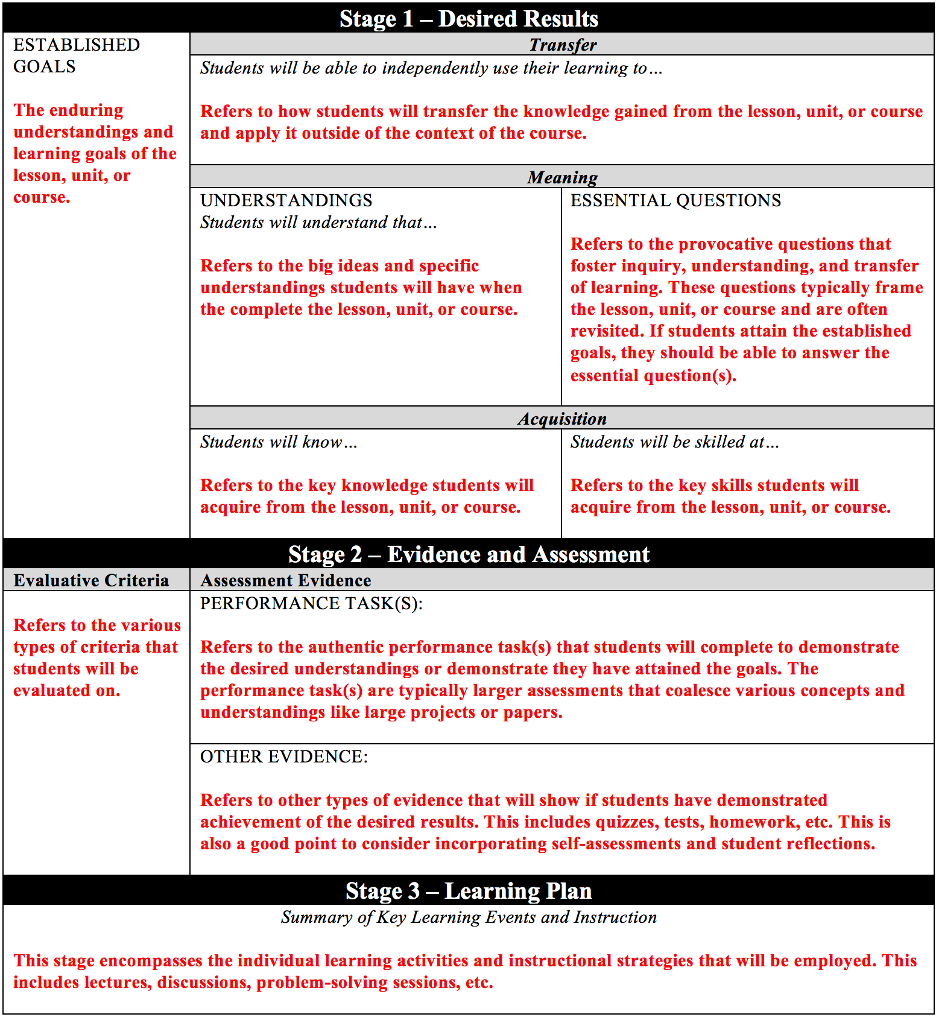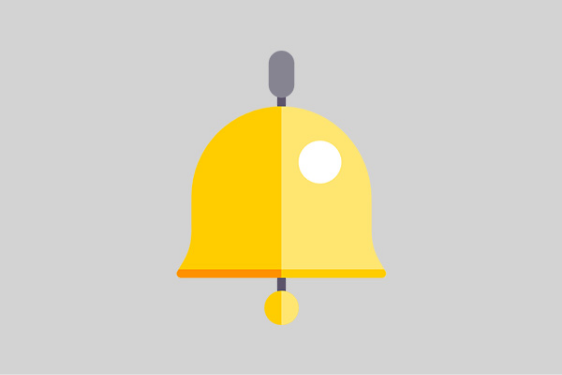Table Of Content

The most important thing to do is consider what type of charcuterie board you’re hoping to put together. Keep any veggies in an ice water bath as you’re assembling the board to keep them crisp. Once your board is made, cover it with some damp paper towels. If you do this, be sure to leave the crackers and other soggy-prone items off until you’re ready to serve. The book contains board inspiration for every theme and scenario, but a charcuterie board is one of the most common and great for beginners.
The Cheeses
When you’re putting together a board that’s just cured meats, it can take a little finessing to make it pretty. The best meats for a charcuterie board exhibit a balance of texture and flavor. Position sliced baguette, crackers, or breadsticks throughout the board. These serve as vehicles for enjoying the meats and cheeses. I like to use a variety of crackers and breads to give plenty of options. The best charcuterie board is a combination of savory and sweet, soft and crunchy, and bold and mild flavors.
How To Start A Successful Charcuterie Board Business (
Serve it with a pitcher of sangria or bottle of red wine to set the tone for a stylish celebration. A sunny breakfast charcuterie board piled with quartered waffles, mini cinnamon rolls, fresh fruit and more is a fun way to start the day. Load up your waffles with as much maple syrup and butter as you want, or make a waffle sandwich by layering cheese, bacon and tomatoes between two quarters. Have you ever wondered how to fold prosciutto for a charcuterie board?
Health Focused Boards
Some nuts or pistachio sprinkled on top and light wine, and the night is yours. Using the basic guidelines from the classic charcuterie board, you can build a fun-to-serve, fun-to-eat breakfast charcuterie board. This Pinterest-worthy charcuterie board has everything you need to create a full and flavorful board filled with sweet and salty treats.
Pair sweet accompaniments like fresh fruit, jams, and candied nuts, near the brie cheese or goat cheese. We love what this bride-to-be did with the light-colored meats being used to replicate soft pink roses. The use of cake toppers and the perfectly displayed cheese center are easy touches that add so much to a special occasion charcuterie board. Needless to say all chocolate makes for one of the most unique charcuterie board ideas we've seen to date. You can make a creative charcuterie board for almost any holiday! Now that some of the meats are arranged, I added some raspberries, blueberries and grapes to my board.
For the prettiest "charcuterie" board of them all, create one with a variety of sweet treats. Make it extra easy on yourself and buy everything premade; it's the presentation that counts here. Include some fruits, cheeses, and crackers to create an epic sweet and salty treat for you and your partner. Make an after-school snack board to hold them over until dinner. For our deconstructed caramel apple board, we went with apple slices, caramel apple dip and several toppings so guests can experiment and find their favorite combos. Serve a few whole apples in addition to the slices in case anyone wants to go the traditional route.
You need to combine all the flavors
Hocus Pocus Charcuterie Board Recipe: How to Make It - Taste of Home
Hocus Pocus Charcuterie Board Recipe: How to Make It.
Posted: Fri, 20 Oct 2023 07:00:00 GMT [source]
If you’re looking for food ideas to include on your board, check out my free printable charcuterie board shopping list with over 100+ food items. That said, there is an art to making a charcuterie board look as impressive as the ones you’ve seen on Instagram and Pinterest. In case you’re in need of inspiration, here are some wow-worthy recipes and charcuterie board ideas for your next potluck gathering or holiday party. If you’re wondering this, you’re not the only one. And yes, besides bread and crackers, you can slice everything, cover, and refrigerate.
New ideas to include
Fig jam and honey complement the cheeses wonderfully, while mustard and olive tapenade provide a tangy contrast to the meats. Simms recommends letting the board come to room temperature before serving, "Our golden rule is to always serve your cheese and charcuterie at room temperature." If you're planning a big party, getting the charcuterie board out of the way early is a great way to save time. Simms says you can prepare your board up to 24 hours in advance. She suggests preparing it when the charcuterie is cold and once it's all assembled, wrapping it in a light layer of plastic wrap and keeping it in the refrigerator. Another way to get creative with your charcuterie board, take it from the board to a dynamic tower like this one.
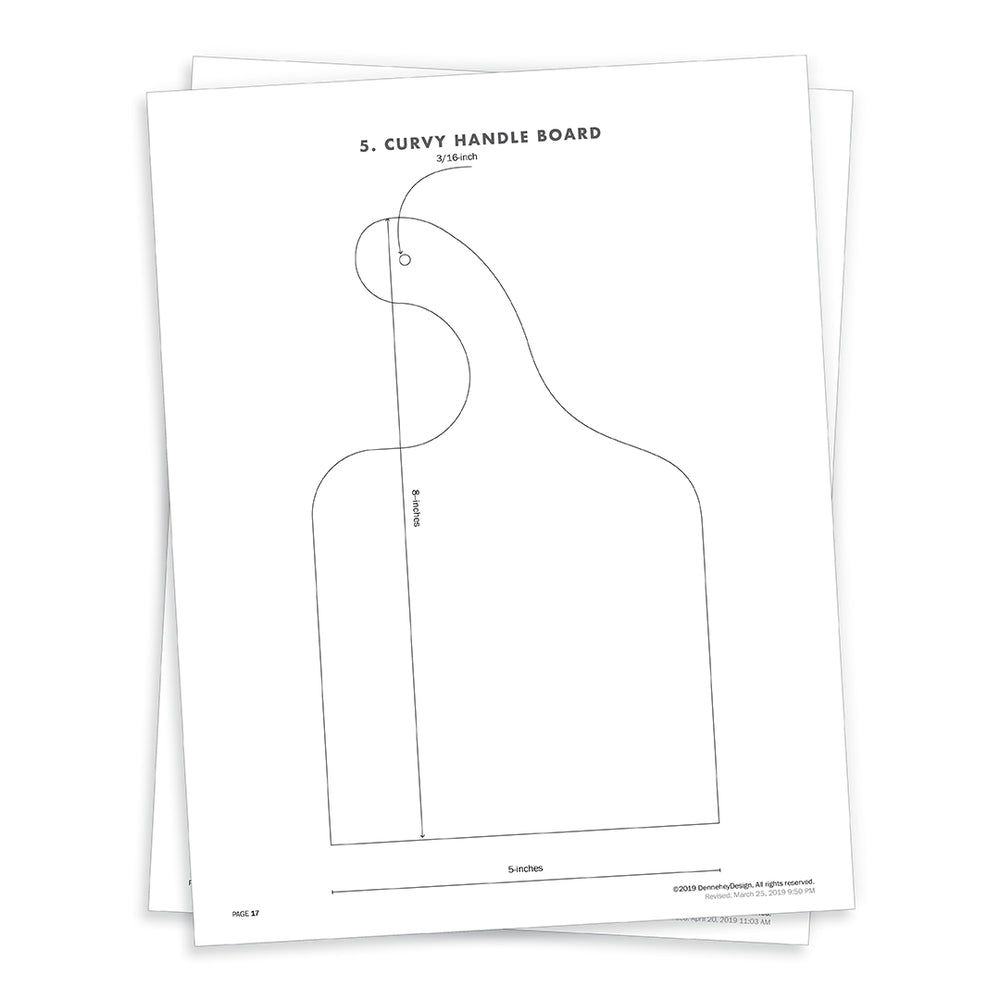
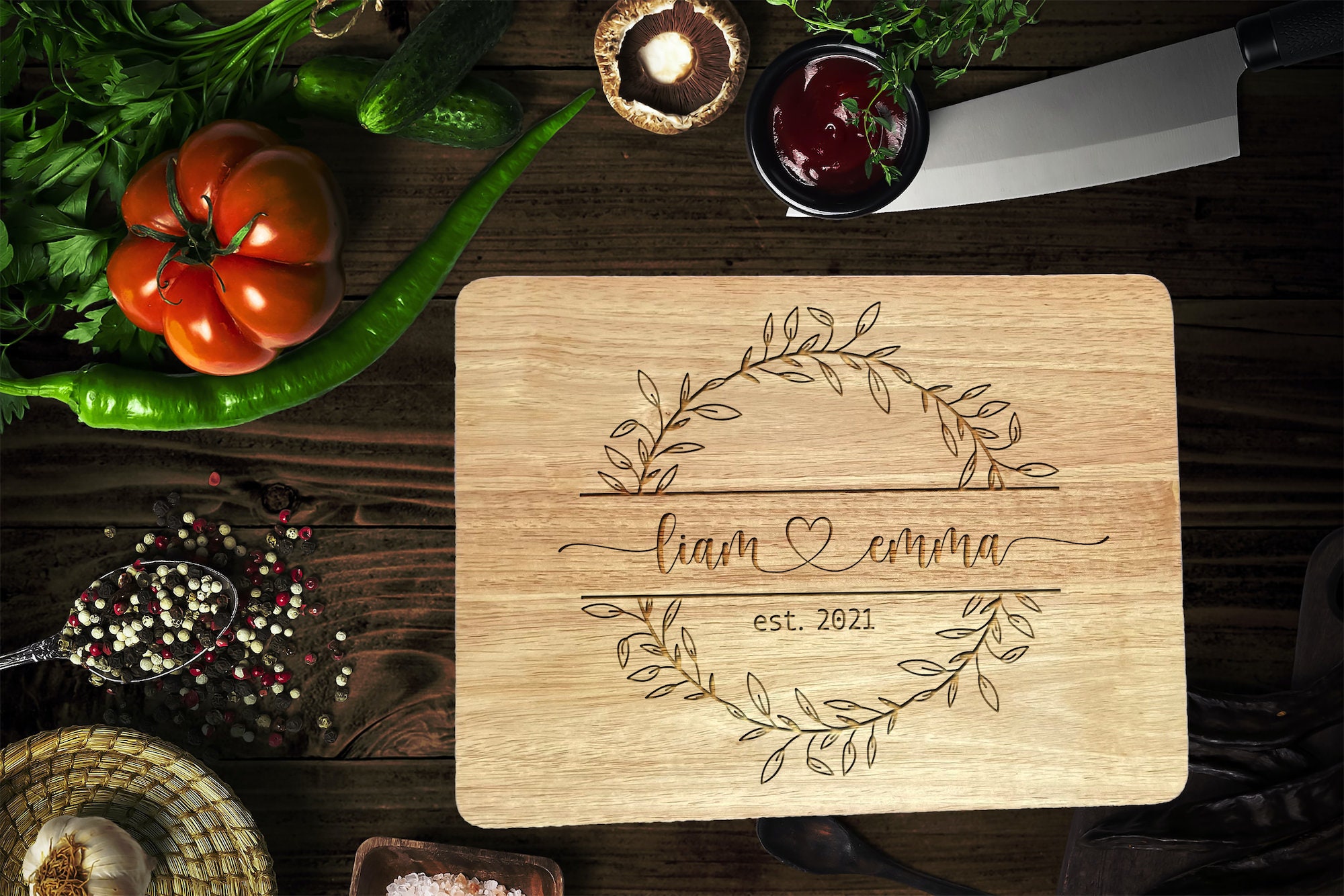
Creating a charcuterie board is a delightful and versatile way to entertain guests for any occasion. You could also use a large marble board, a stone board, a cutting board, a large serving platter, or even a metal, rimmed baking sheet to serve from. Build your dream ice cream sundae with the help of an ice cream sundae bar loaded with toppings and sauces. Set out a few ice cream flavors in a tub filled with ice so they don’t melt too quickly. Serve your sundae board with a selection of waffle bowls, waffle cones, sugar cones and regular bowls.
This buffet-style idea is great for a nice night with family and friends. If you’re feeling a little nostalgic and in need of a treat that will remind you of all the summer fun then try this out. It’s perfect to bring a unique touch to the event. Go back to basics and stick to this simple idea that sticks to the budget.
When you’re setting up your board, don’t toss that hummus container or box of crackers (even if you’re decanting the items into separate, more attractive, bowls). Once the party is over, put any leftover dips or snacks right back where they came from. Any other leftovers that don’t have a salvageable container can be stored in plastic or glass storage containers. Here’s what we like to put on our charcuterie boards. Pick and choose from this list depending on what you’re in the mood for (or what you have on hand). Creating a beautiful charcuterie board is a delightful blend of creativity and culinary expertise.
In the same way that a charcuterie board has come to mean more than a variety of cheeses and meats, the serving vessel itself expands beyond a wooden board. I’ll walk you through how to make the perfect charcuterie board for a party step-by-step. Arrange them evenly around the board and allow space for slicing and scooping. We used two kinds of Brie (a robust, creamy Brie and a mild Brie), blue cheese, an aged cheddar, and goat cheese on this board. We placed the prosciutto, Italian salami, and American salami in little piles next to the cheeses. It's OK if items on the board touch; they're meant to be enjoyed together.
